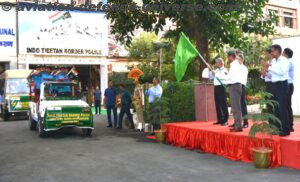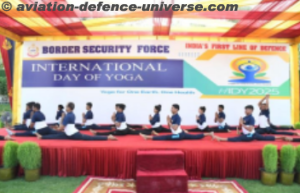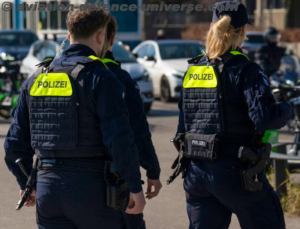NEW DELHI, 19 September 2017. A FICCI-PwC report on ‘Smart Border Management’ has spotlighted the threats and challenges faced by various agencies in the deployment of an effective coastal security mechanism across the Indian coast.
India’s long coast line presents a variety of security challenges including illegal landing of arms and explosives at isolated spots on the coast, infiltration/ex-filtration of anti-national elements, use of the sea and off shore islands for criminal activities, smuggling of consumer and intermediate goods through sea routes etc. Absence of physical barriers on the coast and presence of vital industrial and defence installations near the coast also enhance the vulnerability of the coasts to illegal cross border activities.
In addition, the Indian Ocean Region is of strategic importance to India’s security. A substantial part of India’s external trade and energy supplies pass through this region. The security of India’s Island territories, in particular, the Andaman & Nicobar Islands remains an important priority. Drug trafficking, sea-piracy and other clandestine activities such as gun running are emerging as new challenges to security management in the Indian Ocean Region.
FICCI believes that Industry has the technological capability to implement border management solutions. The Government could consider exploring integrated solutions provided by Industry for strengthening coastal security of the country.
The report was released recently by Kiren Rijiju, Minister of State for Home Affairs, Government of India, at the FICCI conference on ‘Smart Border Management’.
The FICCI-PwC report recommends a 20-point action agenda to effectively tackle India’s coastal security requirements. These are:
• Consolidation of various stakeholders
• More cooperation between State and Central government agencies
• MHA to concentrate on training of marine police with recruitment of talented local fishermen and provision of incentives such as sea duty allowance
• Inclusion of private players in maritime security
• Integration of marine police in the coastal security chain to track coastal fishing activity
• Setting up of Central Marine Police Force to standardise equipment and seamlessly integrate all the realms of costal security
• Fast-tracking the setting up of the National Marine Police Training Institute in Dwarka (Gujarat), followed by intense interaction between the institute and the Marine Police Training Centres in state and UTs
• All coastal states and UTs to set up maritime boards
• Setting up of a multi-disciplinary National Maritime Authority (NMA) under the aegis of MHA
• Creation of modern fishing harbours as part of Sagramala
• Strengthening the human intelligence (HUMINT) capability
• More emphasis on port security infrastructure
• Deployment of a satellite constellation for coastal surveillance
• Creation of a joint technical cadre along with logistics infrastructure for maintenance of boats used for patrolling to address the issues related to operational availability of these assets
• Optimum utilisation of funds allocated under the CSS
• Enactment of the Coastal Security Bill which has been pending since 2013
• Creation of the National Coastal Security Corps of the National Cadet Corps
• Increased interaction with other countries to adopt and customise the best practices being followed by them
• Formulation of standards and policy for the procurement of equipment for coastal security, and
• Induction of hovercraft and unmanned aerial vehicles (UAVs) as part of the CSS

























































































































